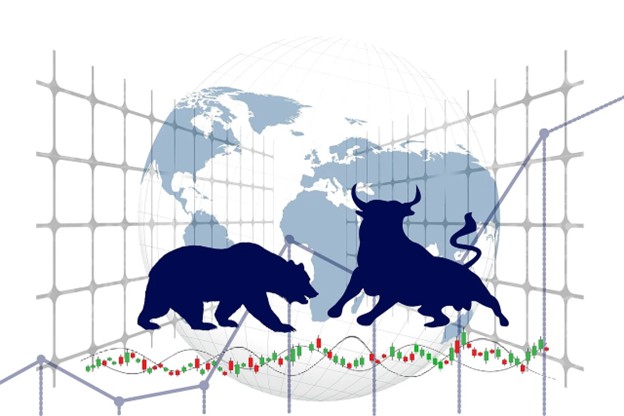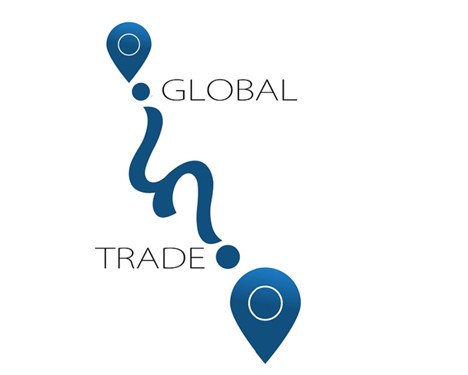Kuardun Officially Announces Bridge Between Metaverse and Global Retail
October 15, 2025Essential Elements of a Compliant L-1 Visa Business Plan for USCIS Approval
October 16, 2025As we move toward the closing months of 2025 and peer into 2026, investors brace themselves for a period of heightened uncertainty and shifting expectations. Below we examine key drivers that could steer the major markets, touching especially on monetary policy, trade tensions, and geopolitical risk.

A Fed Chair Transition in Focus
One of the most consequential developments for markets heading into 2026 is the looming change in leadership at the U.S. Federal Reserve. Jerome Powell’s term as Fed Chair expires in May 2026, and speculation is growing that a successor could be nominated well before then.
Retail brokerage INFINOX stated that markets are already pricing in alternatives: if the new chair is seen as hawkish, rate expectations may stay elevated or even climb; if more dovish, some investors hope for more aggressive rate cuts in late 2026. The transition itself is likely to inject volatility as markets try to “front-run” the likely path of interest rates.
It’s worth noting that the White House has reportedly been considering several candidates, including former Fed governors and economic advisors. Meanwhile, any Senate confirmation process could add uncertainty, giving markets reasons to swing on every new hint or nomination. INFINOX experts warn that bond markets in particular may react sharply to any abrupt shift in tone.
Tariffs, Trade Drag & Inflation Risks
Trade policy remains a live wire in the outlook. The World Trade Organization now anticipates that global trade growth will slow sharply to about 0.5 percent in 2026 as the full effects of recent tariff policies take hold. INFINOX experts argue that import tariffs, already applied broadly in the U.S., could begin to weigh on economic growth and feed into inflation pressures.

Already, durable goods spending in the U.S. is projected to slow dramatically, from 2.9 percent growth in 2025 to perhaps only 0.5 percent growth in 2026, as elevated interest rates and tariffs erode demand. Meanwhile, rising input costs from trade barriers can lead firms to pass through price increases to consumers, keeping inflation stickier than central banks prefer.
On the legislative front, U.S. lawmakers have introduced a “Trade Review Act” to reassert Congressional oversight over new tariffs, which could constrain executive latitude for future trade escalations. INFINOX experts are keeping a close eye on whether this or other trade-policy shifts will ease tensions or introduce policy uncertainty.
Geopolitics, Global Growth & Market Reactions
Beyond monetary policy and trade, geopolitics is expected to remain a dominant undercurrent. Conflicts, supply chain disruptions, or shifting alliances could spook risk assets. Experts believe that even modest escalations in geopolitical flashpoints, such as tensions in Asia, Eastern Europe, or the Middle East, could trigger capital rotations toward safe havens.
On the macro side, global growth forecasts are edging lower. The OECD now expects global GDP growth to cool to around 2.9 percent in 2026, down from 3.2 percent in 2025, with trade frictions and policy uncertainty weighing on investment. Inflation in many advanced economies is expected to remain sticky, particularly where trade barriers amplify cost pressures.
Disclaimer:
This article is intended for informational purposes only and reflects the opinions and analysis of INFINOX experts as of the date of publication. It does not constitute financial or investment advice, and readers should not interpret it as a recommendation to buy, sell, or hold any financial instruments
